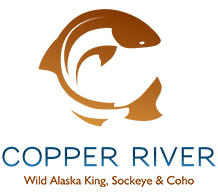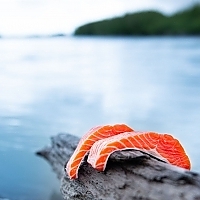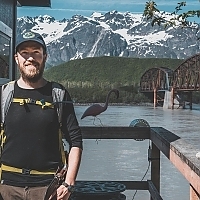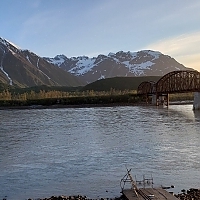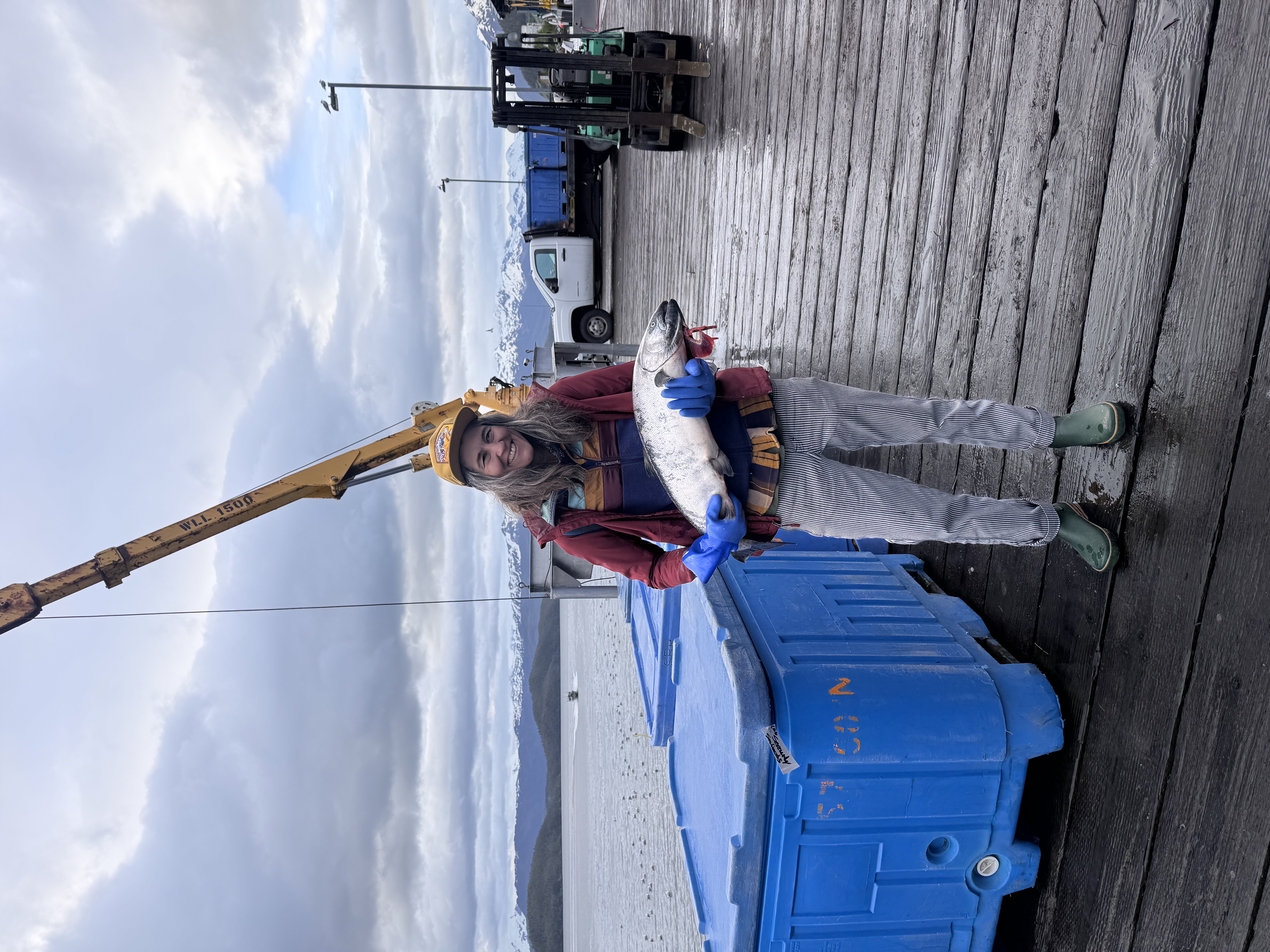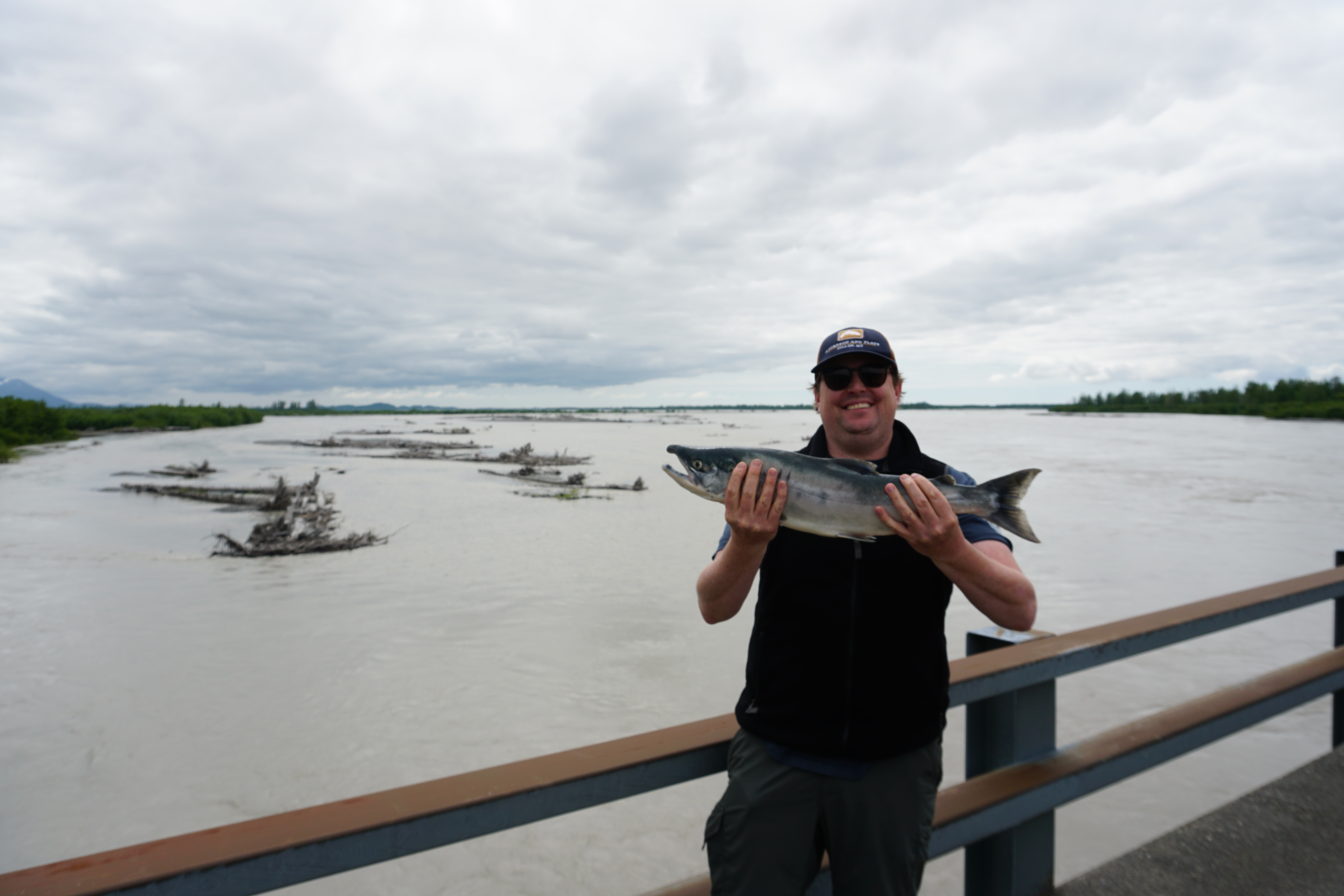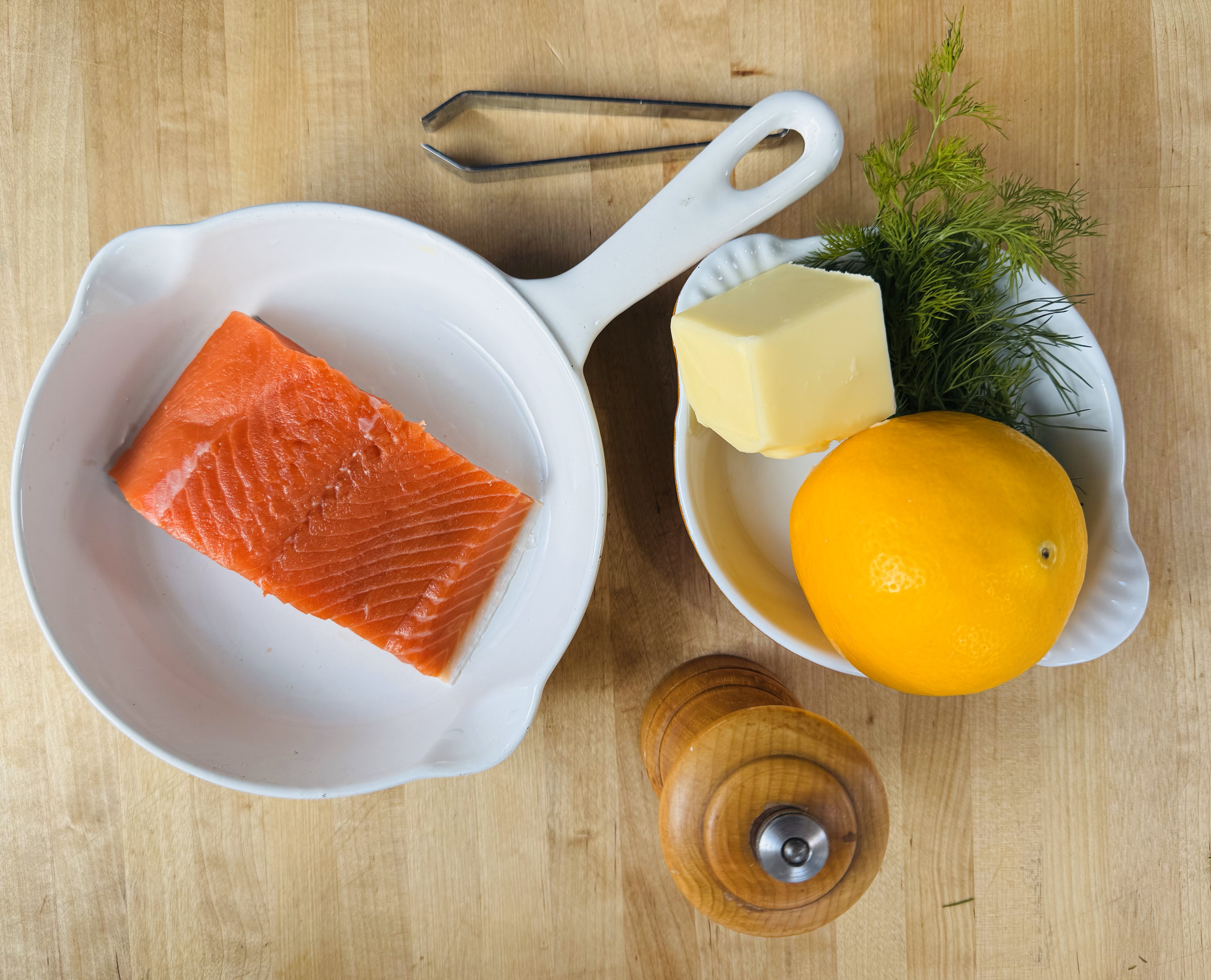By using our website, you agree to the use of cookies as described in our Cookie Policy
Salmon, Sonar, & Sustainability: Part 2
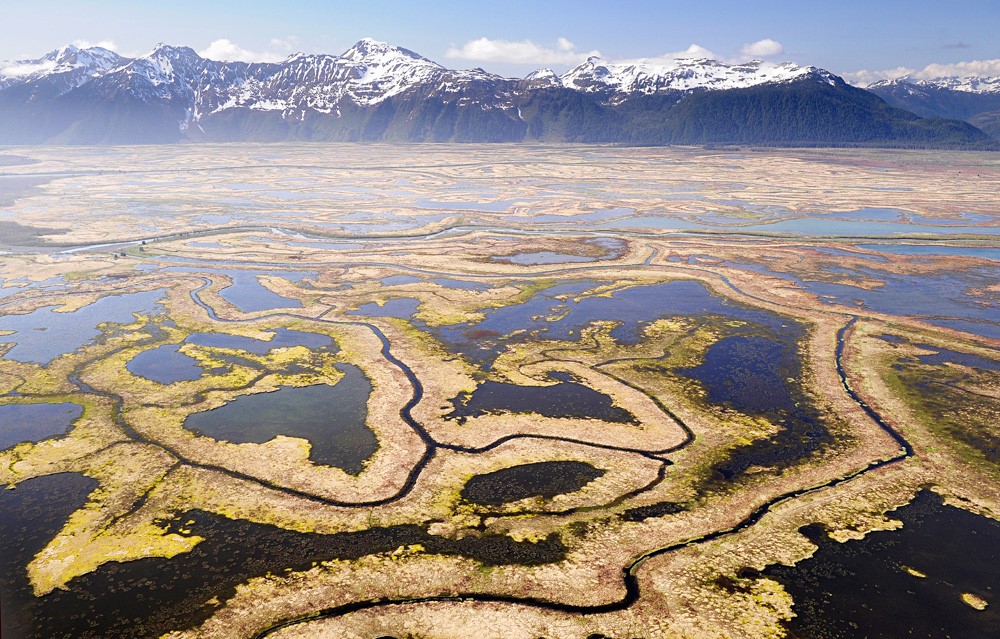
This journey can take months and is the ultimate test of how much energy each salmon was able to store from the ocean — food is scarce in the river, and many salmon will not eat at all during the migration. Once there, males will compete for position near females, who are digging nests in the gravel called redds. The females will deposit eggs in the redd, and the successful males will release their milt, fertilizing the eggs and seeding the next generation of salmon. Eventually all of the fish that participated in this migration will die, allowing the nutrients stored in their tissues to become available for other forms of life.
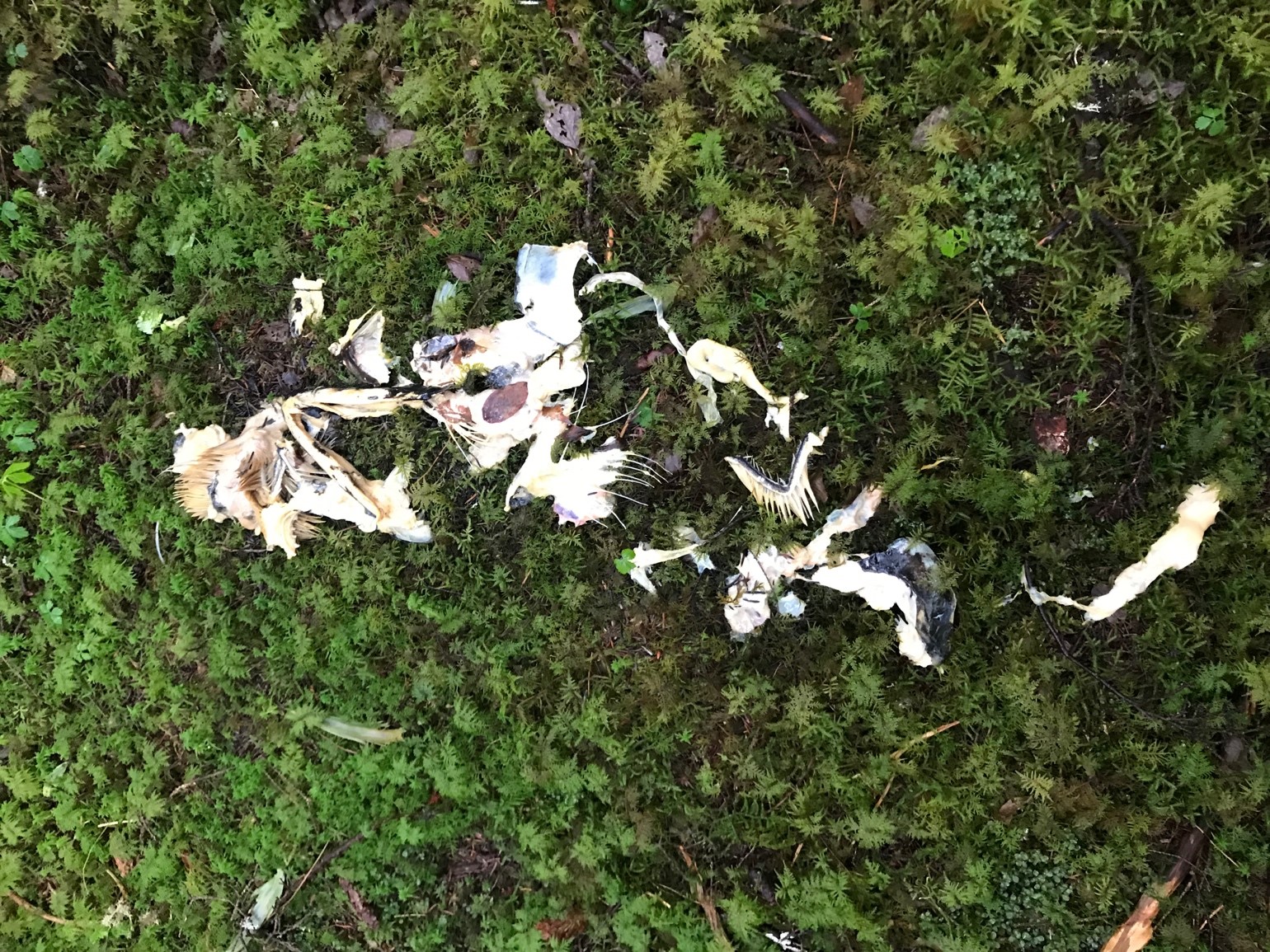
Wherever salmon exist, they play an important role as a food source for many different organisms. Some are species we are accustomed to associating with salmon like bears, eagles, and seals — but salmon are even a great source of nutrients for some unexpected things like microbes, fungi, and plants! Humans are no exception. Salmon have been central in subsistence and semi-subsistence lifestyles wherever they have overlapped with humans in space and time, a tradition that continues today.
Additionally, Pacific salmon feed people all over the world, supporting an industry that is the backbone of many coastal Alaskan communities and an important economy for the state. These amazing fish are important and valuable in so many ways, and that is what makes science and management such an important part of this story. Scientific study provides our best source of accurate information, and management decisions give us tools to try to keep that population healthy and sustainable while still providing harvest opportunities.
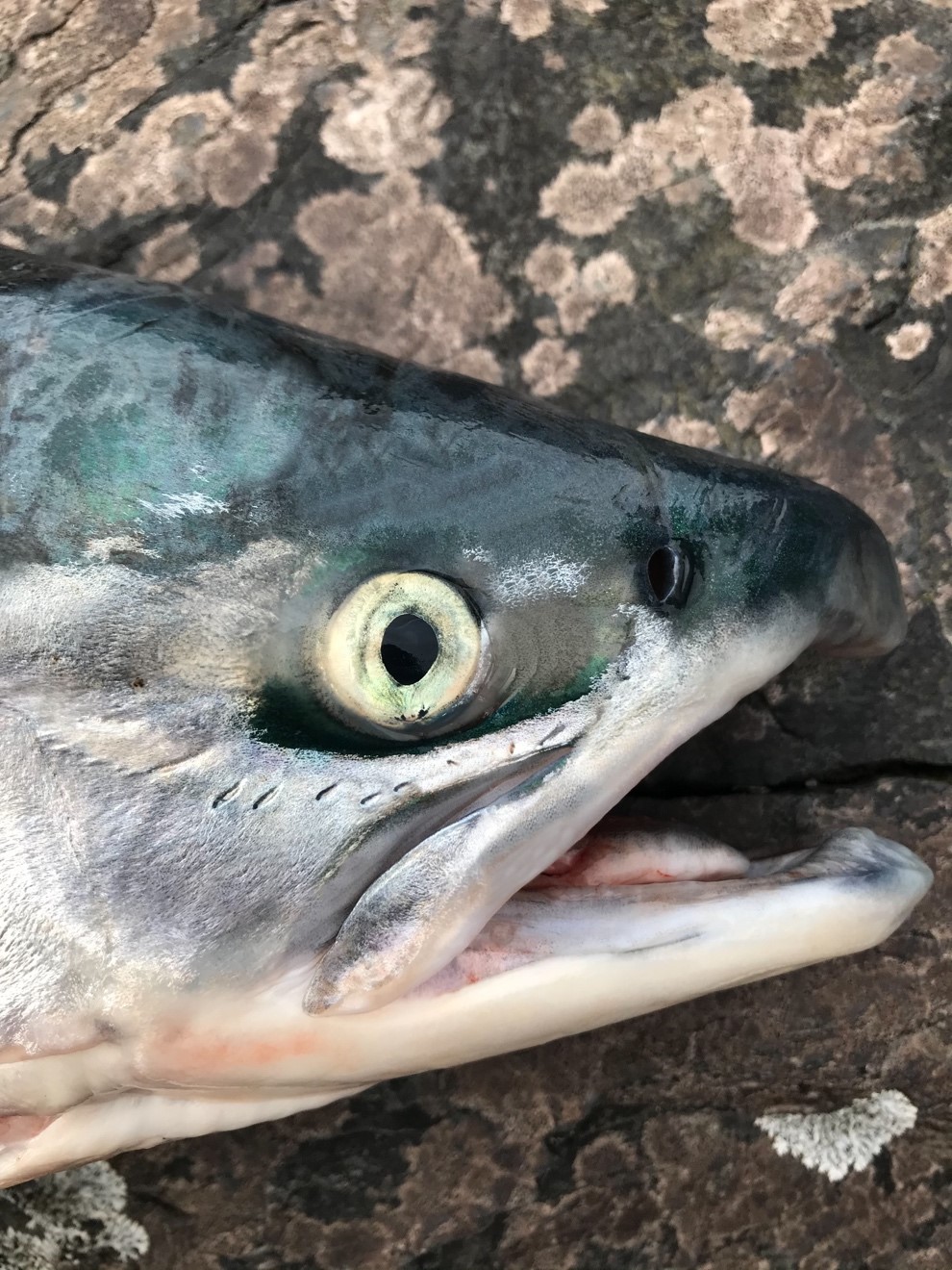
This nexus of science, management, and fishing is at the heart of Alaska’s fisheries. These amazing fish are vital parts of their ecosystem, support local communities through commercial and subsistence fishing, provide some of the highest quality food to the world, and are also beautiful and meaningful in their own right. By striving for sustainability, we hope to keep these wonderful salmon in our world and on our plates for generations to come.
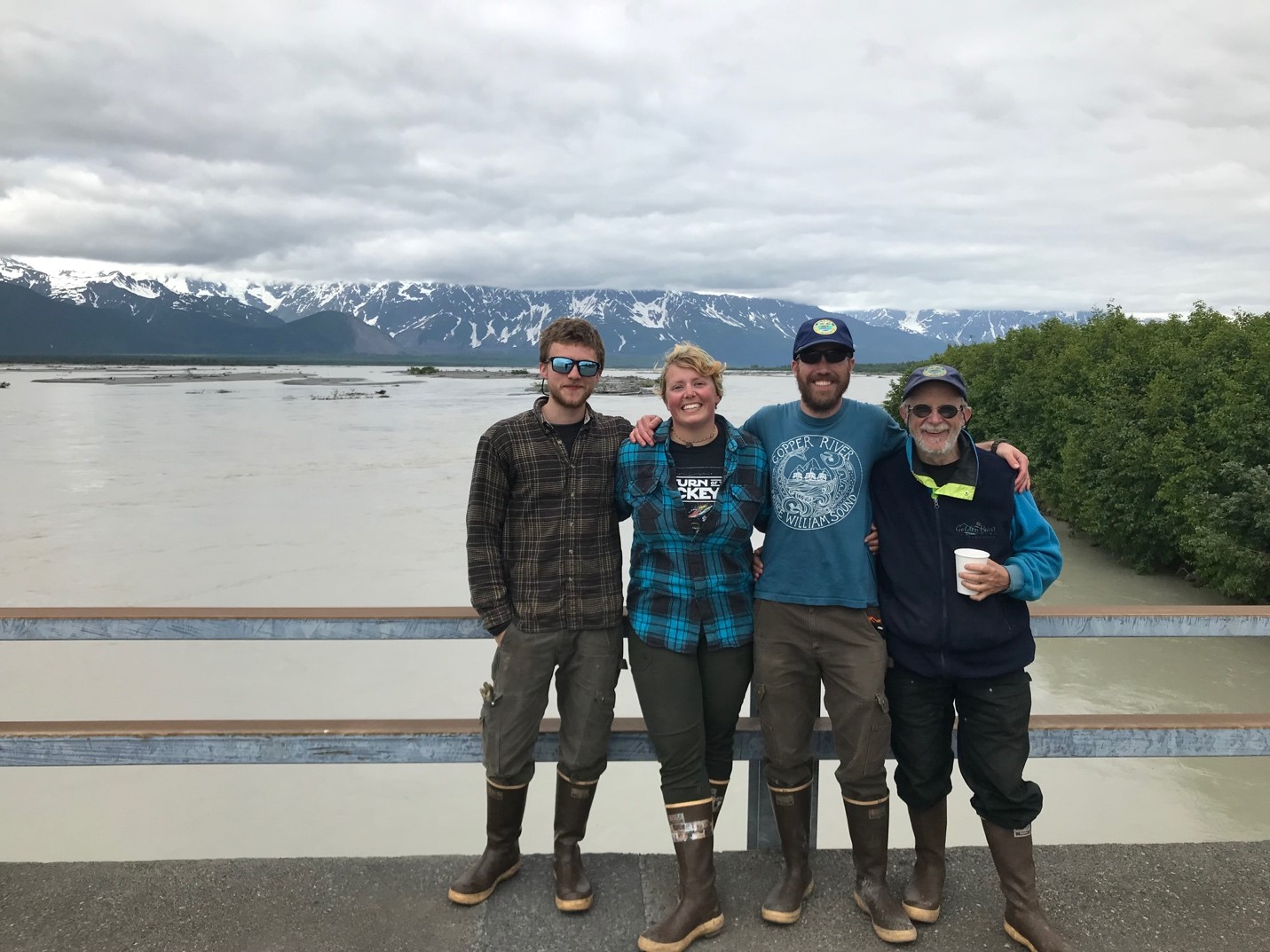
Miles Lake Sonar Crew
View: Copper River (Miles Lake) Fish Count Data
‹ Back
